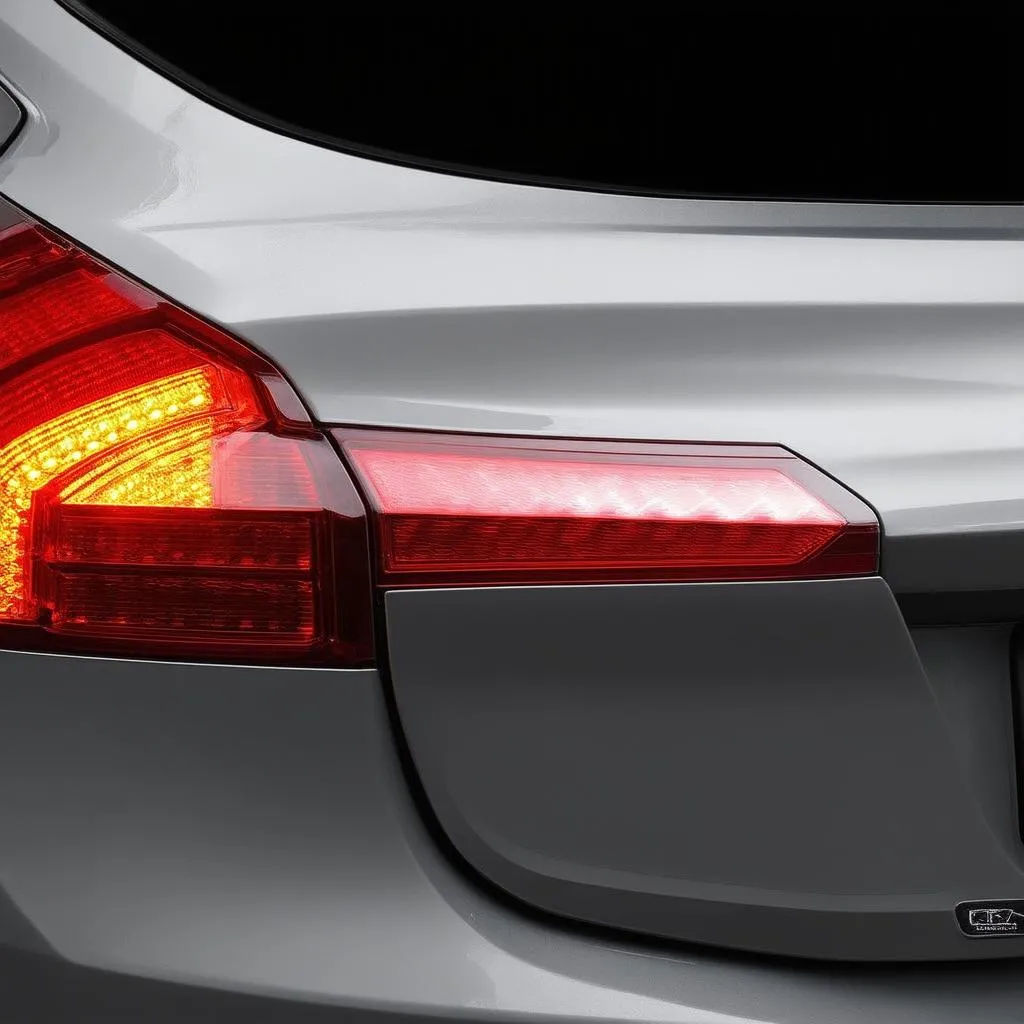Clearing Diagnostic Trouble Codes (DTCs) with VCDS (VAG-COM Diagnostic System) is a common procedure for diagnosing and resolving car issues. This guide explores the process, common pitfalls, and best practices for effectively using VCDS to clear DTCs in Volkswagen, Audi, Seat, and Skoda vehicles.
Understanding DTCs and the Importance of Clearing Them
DTCs are codes stored in your car’s onboard computer that indicate a malfunction within a specific system. These codes are crucial for identifying the root cause of problems, ranging from minor sensor glitches to significant mechanical failures. Clearing these codes with VCDS allows you to verify whether the issue has been resolved after repairs or further diagnostic steps. Sometimes, clearing DTCs is enough to resolve the problem if it was a temporary glitch. Similar to vcds user guide, this process requires careful attention to detail.
How to Clear All DTCs Using VCDS
Clearing DTCs with VCDS is a straightforward process. First, connect your VCDS interface to the vehicle’s OBD-II port and your computer. Turn on the ignition without starting the engine. Launch the VCDS software and select the correct control module for the system you’re working on. Once in the module, navigate to the “Fault Codes” section. Here, you’ll find a list of any stored DTCs. Click on “Clear All DTCs” button. VCDS will confirm the action. It’s important to note that clearing DTCs doesn’t fix the underlying problem; it merely erases the codes from the computer’s memory. This step is essential for confirming successful repairs.
Common Mistakes When Clearing DTCs with VCDS
While the process is simple, there are common mistakes that can hinder the diagnostic process. One common error is clearing codes without properly documenting them. Always record the DTCs before clearing them, including the code number, description, and any freeze-frame data. This information can be invaluable for future diagnostics. Another mistake is assuming that clearing codes fixes the problem. Remember, clearing codes only erases them from the computer’s memory. The underlying issue still needs to be addressed. It’s also essential to use a genuine VCDS interface, as counterfeit interfaces can lead to misdiagnosis and potential damage to the vehicle’s electronic systems. Much like the issues discussed in is vcds the same as obd2, using the correct tools is paramount.
Best Practices for Clearing DTCs with VCDS
For optimal diagnostic results, follow these best practices: Always clear DTCs after completing repairs to confirm their effectiveness. If the same code reappears, further diagnosis is required. Keep your VCDS software updated to ensure compatibility with the latest vehicle models and access the most recent features. Never clear codes without understanding their meaning. Consult reliable resources like factory repair manuals or reputable online forums for accurate DTC interpretations. Regularly scan your vehicle for DTCs, even when no warning lights are illuminated. This proactive approach can help identify potential issues before they escalate.
Troubleshooting Common Issues
Sometimes, you might encounter issues while attempting to clear DTCs. If VCDS fails to clear codes, check the connection between the interface, the vehicle, and your computer. Ensure the ignition is on and the software is correctly communicating with the vehicle. If communication problems persist, try restarting your computer and the VCDS software.
When Should You Clear DTCs?
Clearing DTCs is necessary after completing repairs, after a temporary glitch, and before performing certain diagnostic procedures. However, avoid clearing codes without understanding their meaning and always document them before erasure. Just like chinese vcds, understanding the tools you are using is crucial for accurate diagnostics.
Conclusion
Clearing all DTCs with VCDS is an essential skill for any car owner or technician working on VAG vehicles. Understanding the process, common mistakes, and best practices will ensure accurate diagnostics and effective repairs. By following the guidelines outlined in this guide, you can confidently use VCDS to clear codes and maintain your vehicle’s optimal performance. Remember to always consult reliable resources and prioritize understanding the meaning of DTCs before clearing them.
FAQ
-
What is VCDS?
VCDS is a diagnostic software for VAG vehicles. -
Why should I clear DTCs?
Clearing DTCs confirms repairs and allows for further diagnosis. -
What if the same DTC reappears after clearing?
Further diagnosis is required to identify the underlying issue. -
Is it safe to clear DTCs?
Yes, but it doesn’t fix the actual problem. -
Should I document DTCs before clearing them?
Always document DTCs and freeze-frame data before clearing. -
Can I use any OBD-II scanner to clear DTCs?
VCDS is specifically designed for VAG vehicles and offers more comprehensive diagnostics. -
What if VCDS fails to clear DTCs?
Check connections, restart software and computer, or consult support.
If you need assistance, contact us via WhatsApp: +1 (641) 206-8880, Email: CARDIAGTECH[email protected] or visit us at 276 Reock St, City of Orange, NJ 07050, United States. We have a 24/7 customer support team. You may also want to learn about vcds lite activation or thiruttu vcds for further information.


